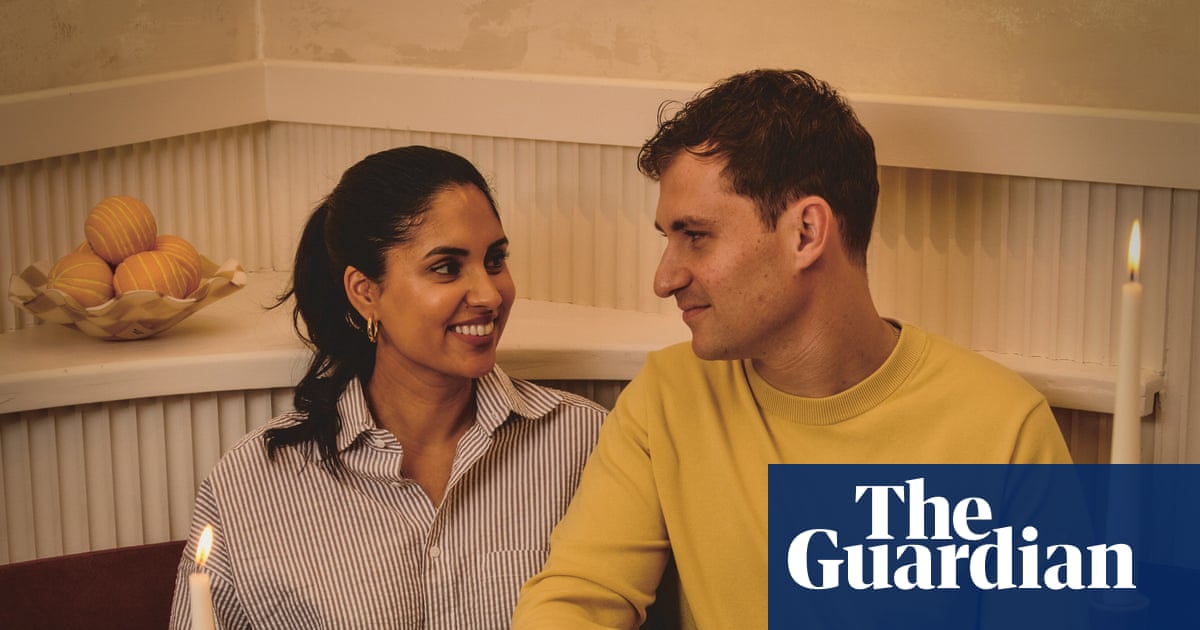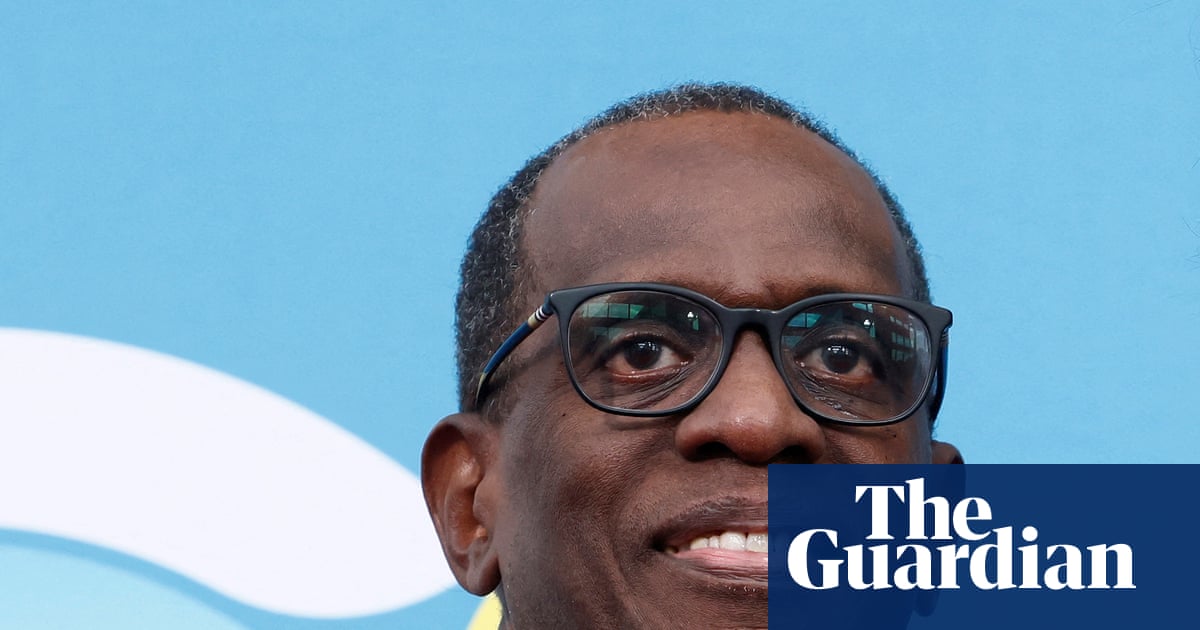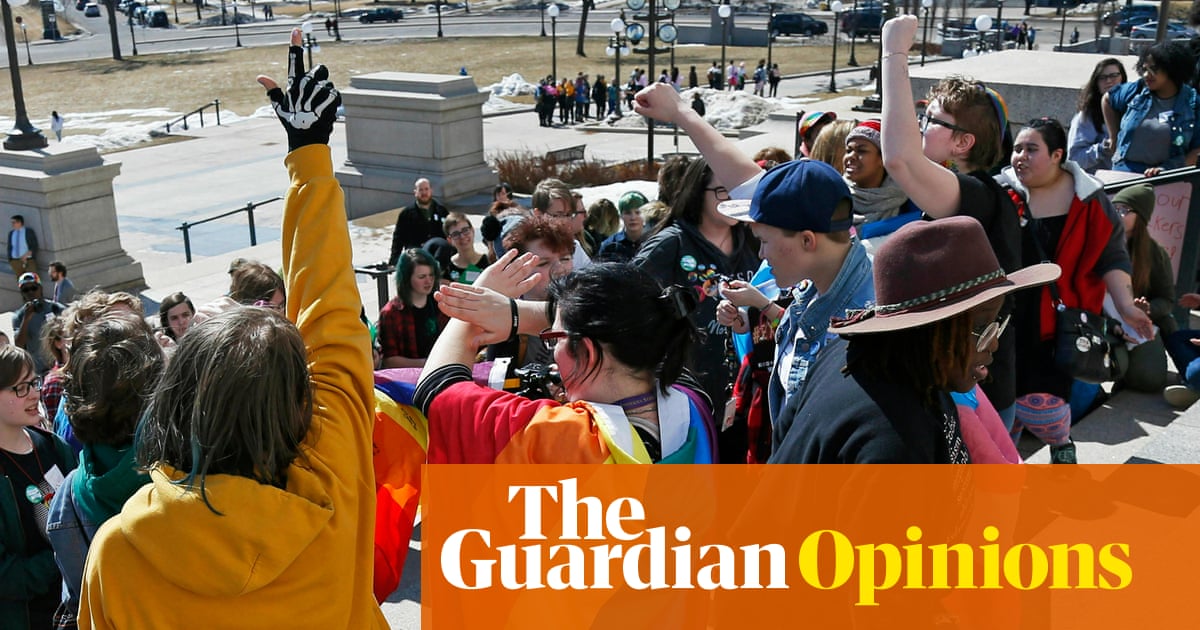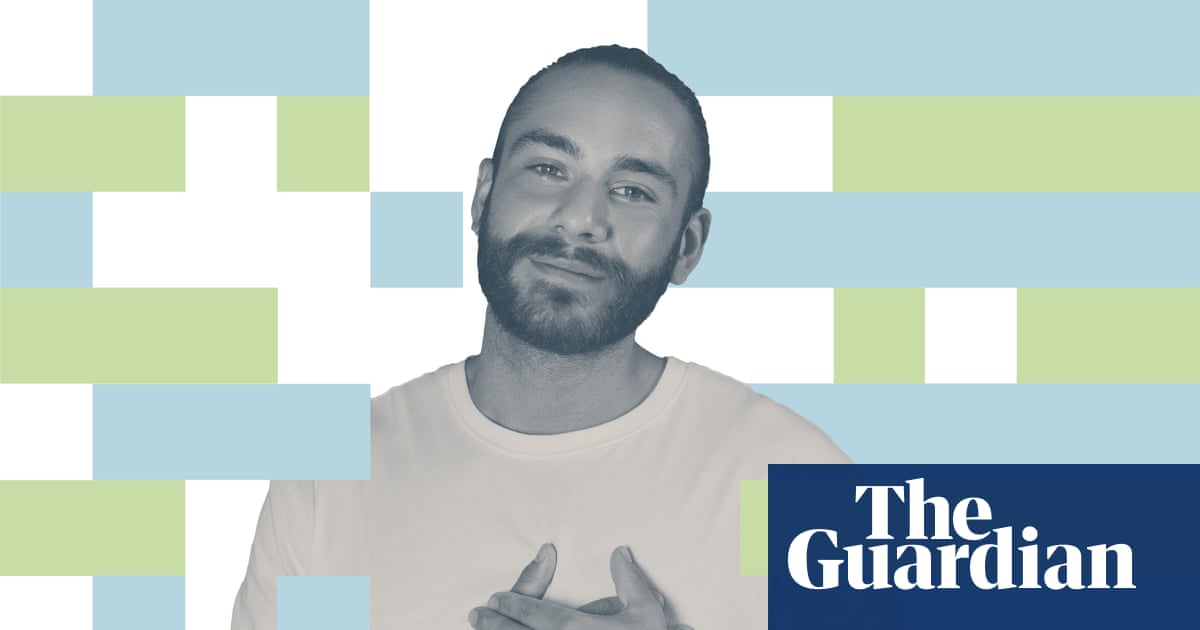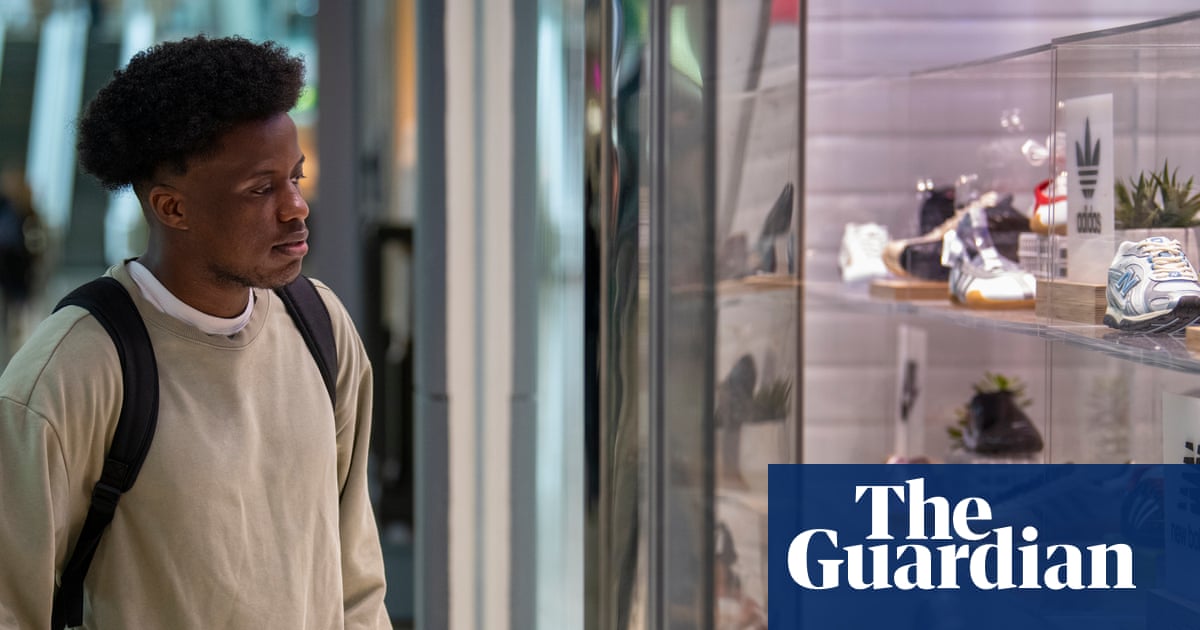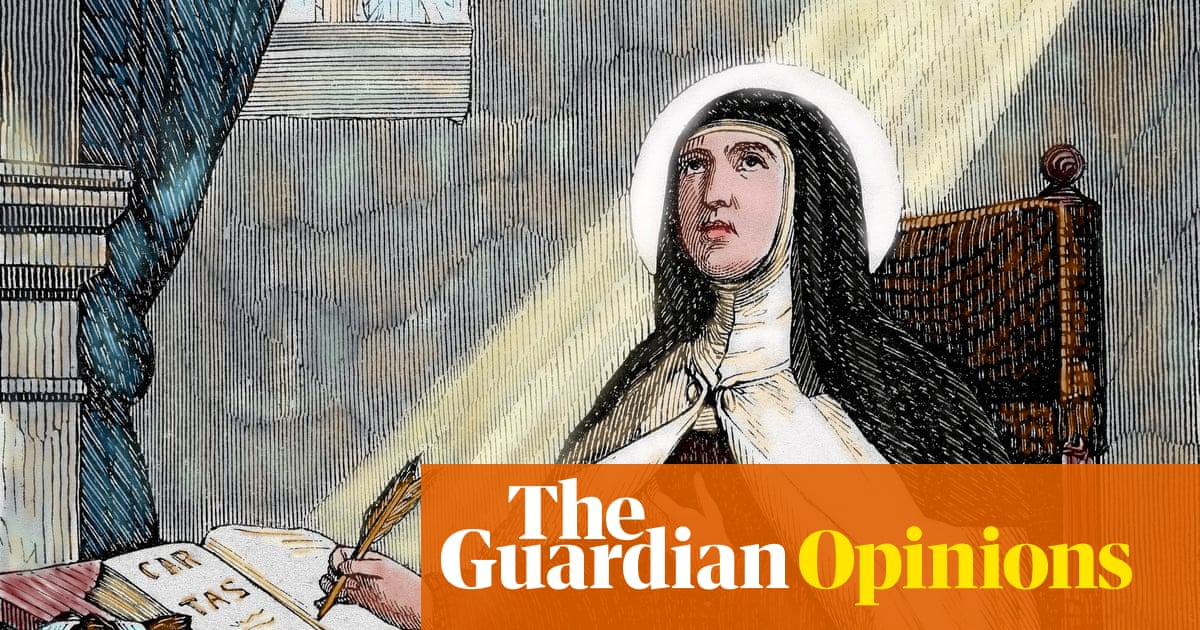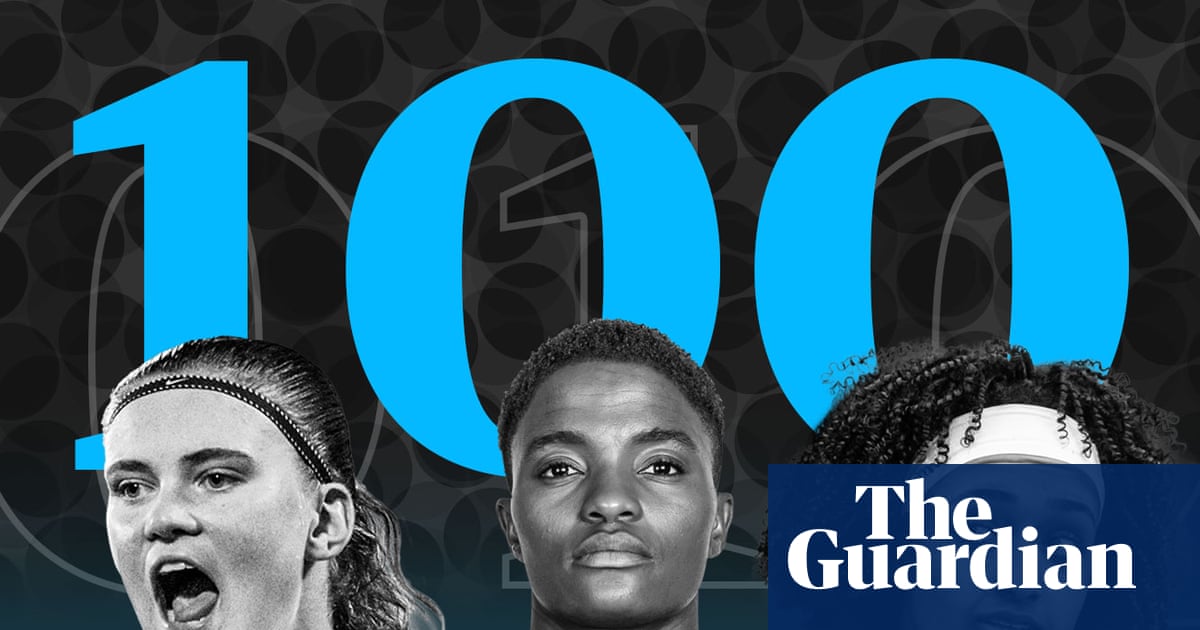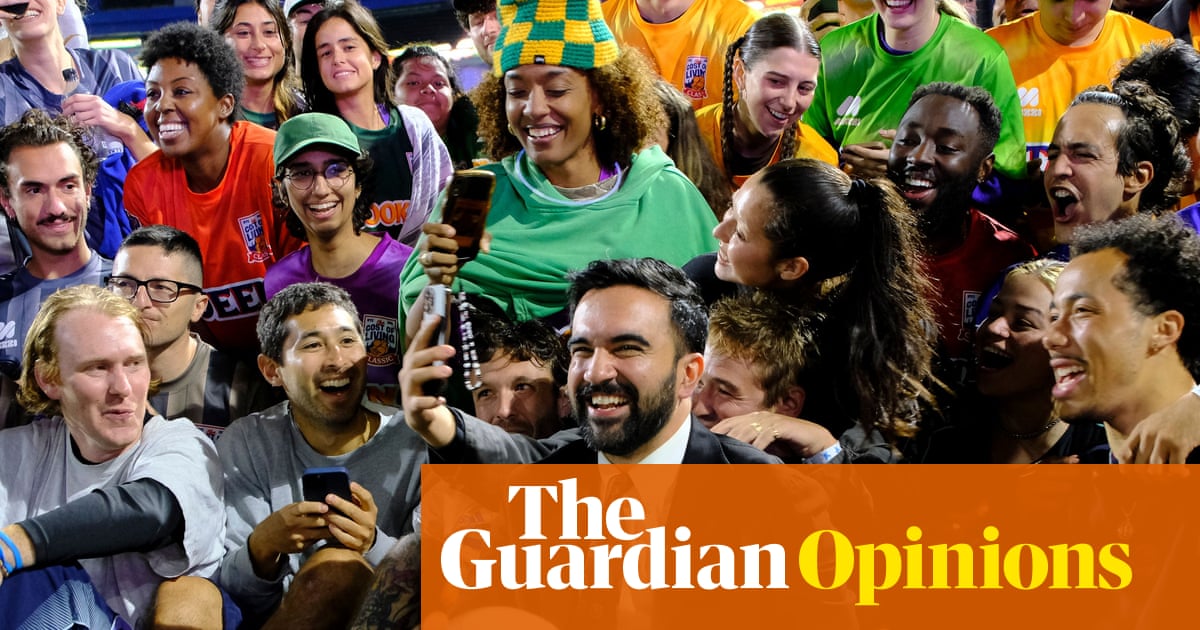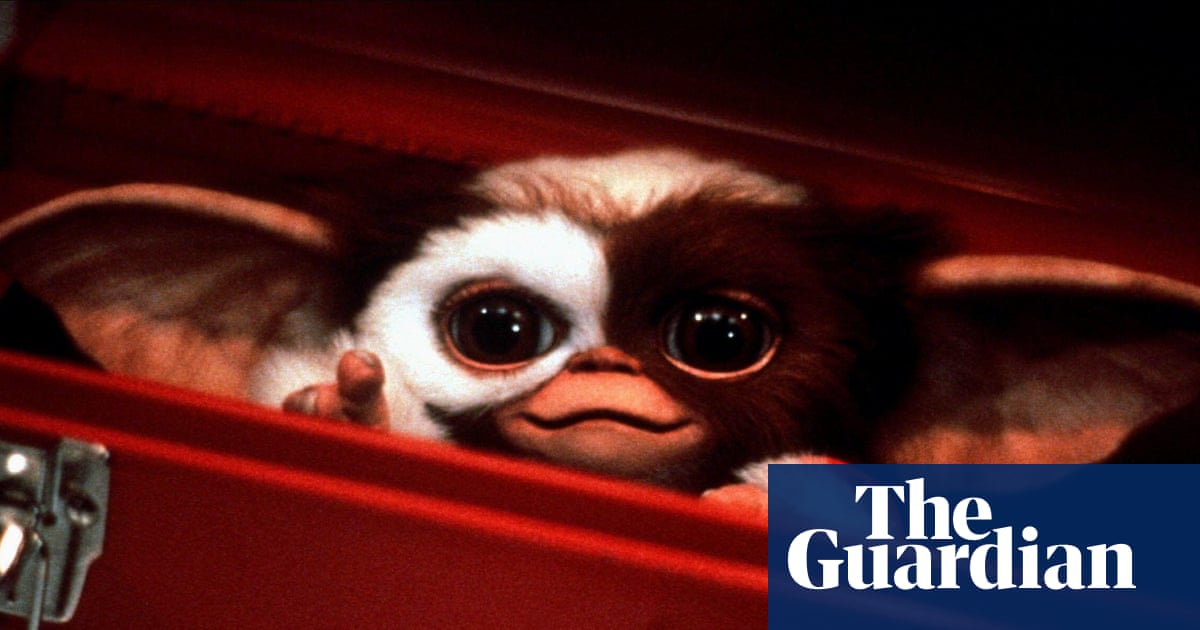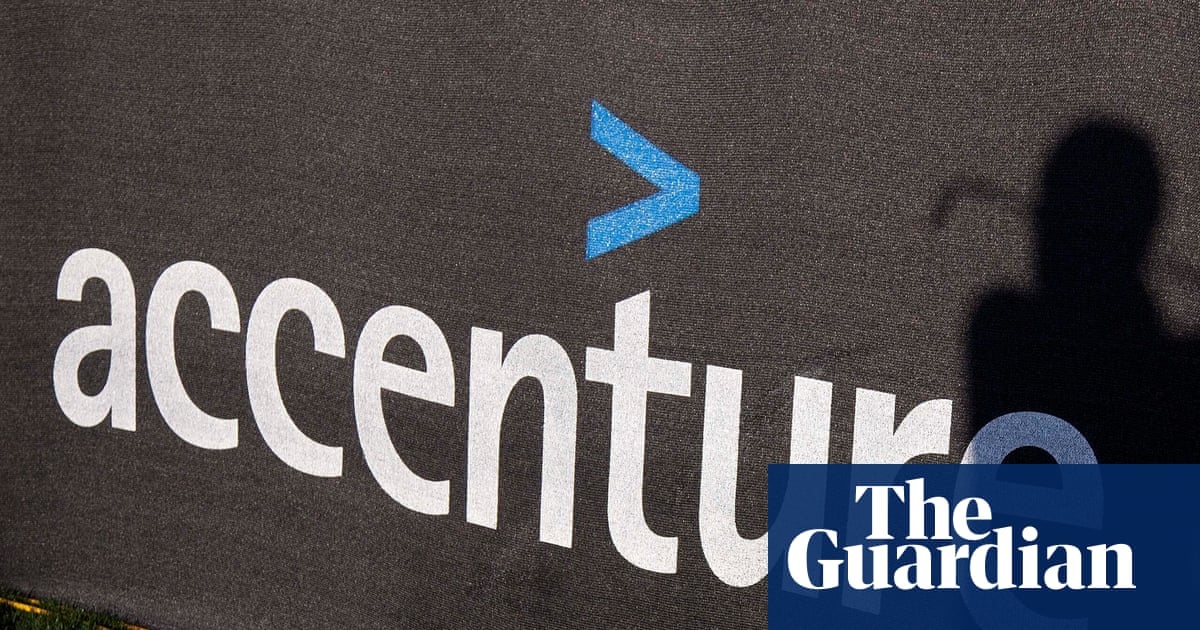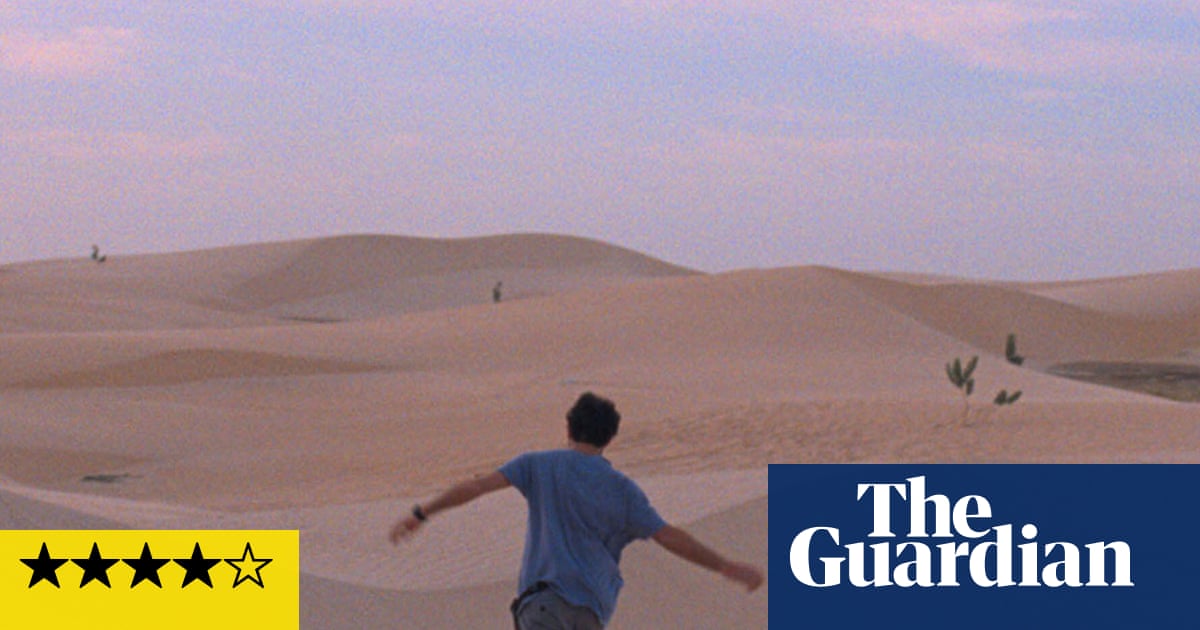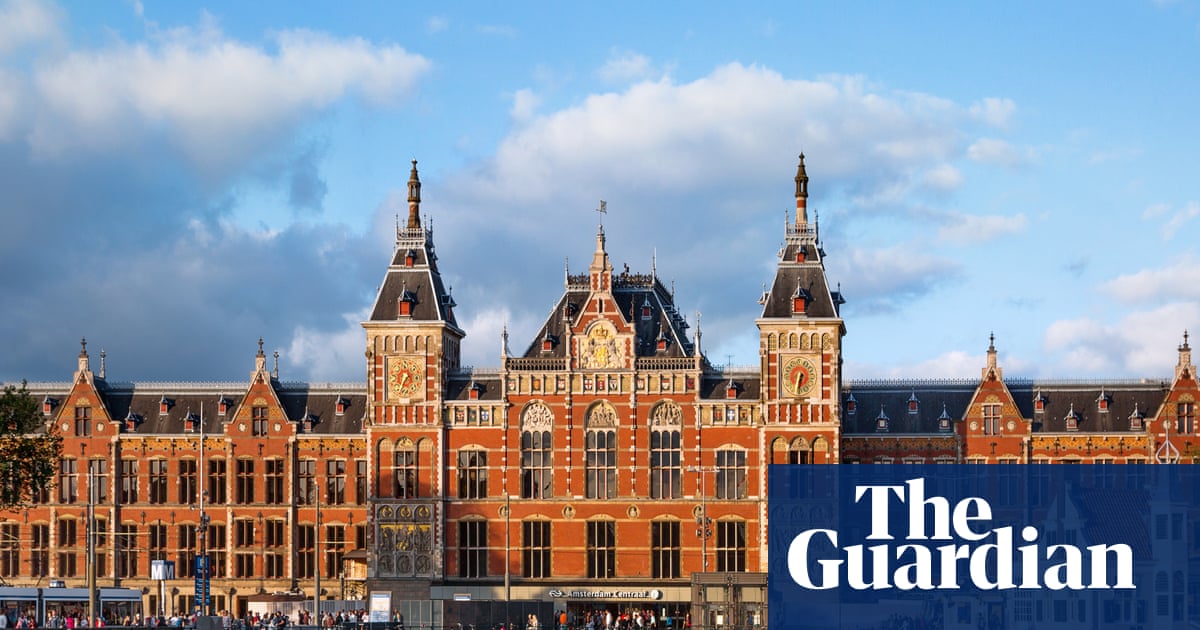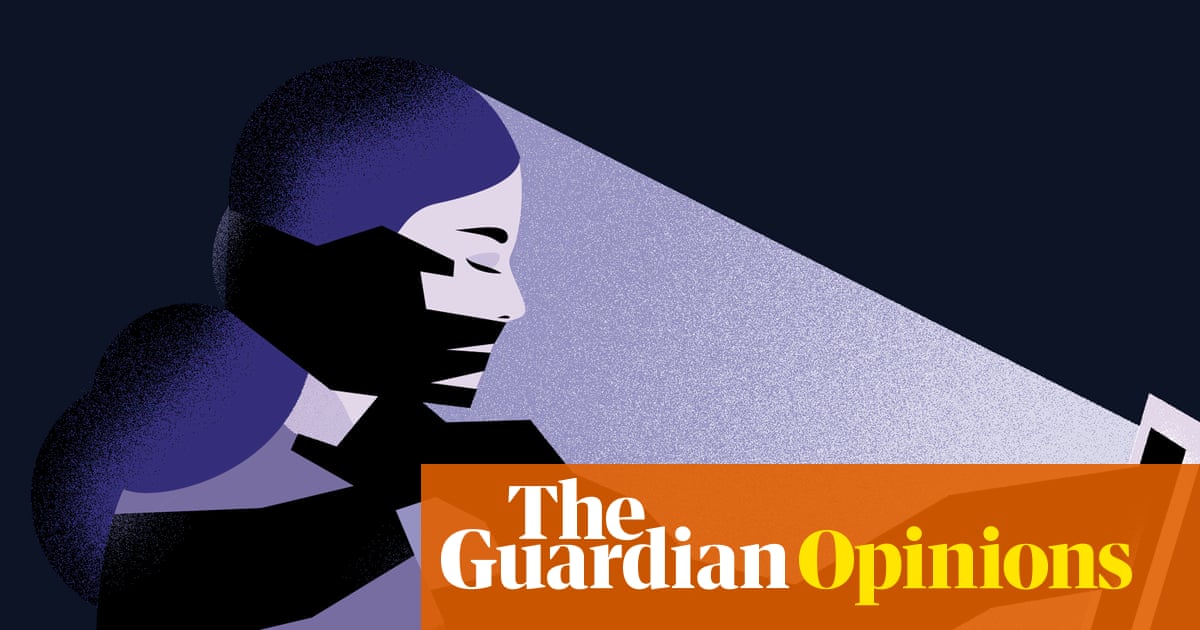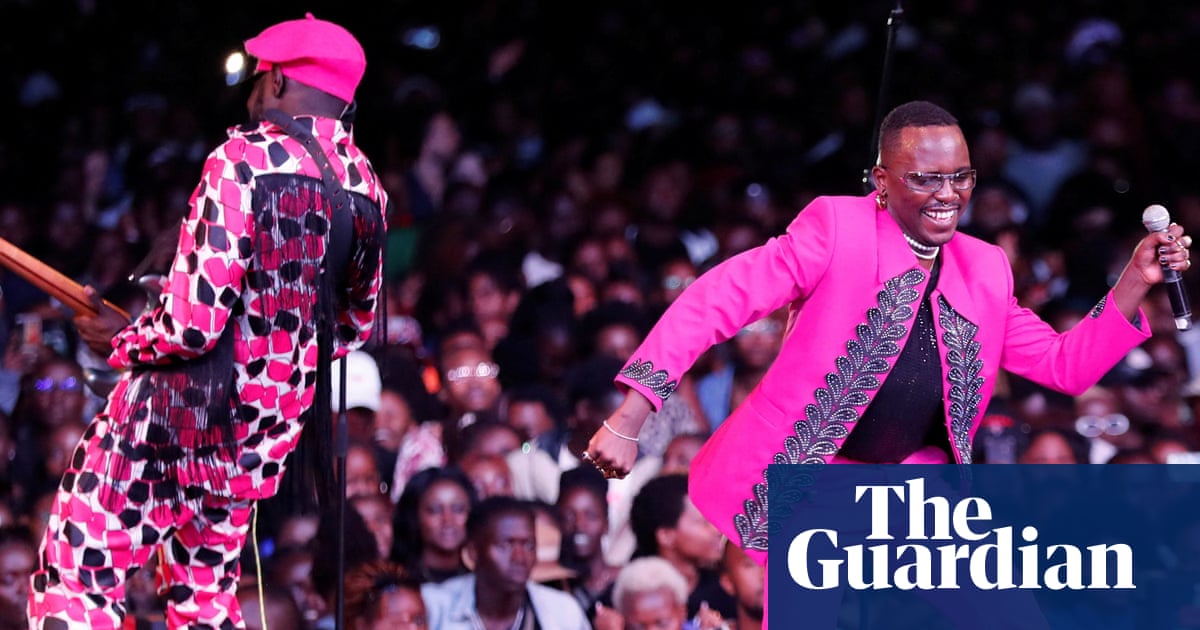I still remember the moment my body image issues began as if it were yesterday. The shaming came before the bingeing: I was 18 and my mum told me I needed to start being careful with my eating, because I was “getting fat”.
She would say: “You’d be so pretty if you’d just lose weight!” I wasn’t overweight at the time, and I felt so angry. But young women aren’t allowed to be angry – so, with nowhere to put those feelings, I channelled them into food, spiralling into binge-eating as an act of revenge. Then came remorse and shame: a cycle of bingeing and restriction.
By 25, I was attending Overeaters Anonymous, but it didn’t help. Over the space of the next two decades, I tried every diet – the “cabbage soup diet”, Slimming World, Weight Watchers, SlimFast, Atkins, low-carb, intermittent fasting. My weight fluctuated as I had two children – I just thought of myself as a blob. I’d tried to tentatively engage with the body positivity movement, but it was hard.
Then, in October 2021, at the age of 42, I took my seven-year-old son Arthur to the Natural History Museum in Oxford, a couple of hours from where we live in Gloucestershire. The day out was more for Arthur than me. He wasn’t sleeping well at the time, so I was stressed and exhausted.
But as I ascended the stairs up to the first floor, I spotted her. This tiny limestone carving, only 11cm tall: a replica of the Paleolithic Venus of Willendorf figurine. I was immediately transfixed.
She is, by modern standards, either pregnant or could be described as obese. My eyes fell on to her wonderful chubby bottom, her arms draped over her big breasts. There’s a fat, pouchy bit above her vulva. A lovely protruding belly, with a belly button that looks just like mine.
I felt intense joy, and immediate relief at this proof that humans come in all shapes and sizes, and always have have, as well as relief from the neverending shame that a fat person carries around. This woman’s body was worshipped, revered or even sexualised. For some reason, somebody had bothered to make her. I stared at her while my husband and son wandered off to the cafe, and stole another look on the way out. Seeing my own body mirrored back at me by this figurine from 30,000 years ago wiped the slate clean of all I’d been taught, all those painful beliefs. I realised I deserved to be free.
after newsletter promotion
From that moment on, I tried to reject diet culture. I felt immediately uplifted. I started doing things I was too nervous to do in the past, such as wearing a bikini or sleeveless dresses on a hot day. Wild swimming without worrying about what anyone thought. I used to scroll on my phone, comparing myself to other women, but now I’ve deleted my social media. I’ve stopped bingeing. No more revenge eating. Of course, I’m still going to order a takeaway when I want to, but eating is no longer self-harm.
I’m even planning something bonkers that I’d never have dreamed of doing: performance art inspired by the Venus of Willendorf. After seeing her, I enrolled in an MA course in art education at Oxford Brookes University. For my thesis, which is about the links between knitting and neurodivergence, I’m knitting the details of her body, from her vulva to her head-beading, on to a nude, skin-tight elastic bodysuit. I’ll wear it in the museum and photograph myself next to her. A lifesize Venus of Willendorf.
These days, I’m happily fat. I’m not impervious to diet culture – something will always come along and rock me. But I’m going to find a silver charm of the Venus of Willendorf to wear: a talisman to always bring me back to myself.
In the UK, Beat can be contacted on 0808-801-0677. In the US, help is available at nationaleatingdisorders.org or by calling ANAD’s eating disorders hotline at 800-375-7767. In Australia, the Butterfly Foundation is at 1800 33 4673. Other international helplines can be found at Eating Disorder Hope.
Did a cultural moment prompt you to make a major life change? Email us at [email protected]

 3 months ago
62
3 months ago
62


